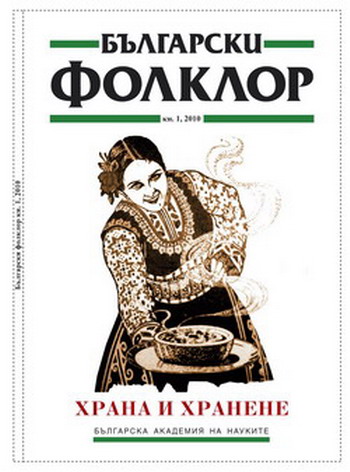Българска, но не точно шопска. За един от кулинарните символи
Bulgarian, but Not Еxactly Shopska: about One of the Culinary Symbols
Author(s): Stefan DetchevSubject(s): Anthropology
Published by: Институт за етнология и фолклористика с Етнографски музей при БАН
Summary/Abstract: This article explores how the Bulgarian culinary symbol “shopska salad” appeared as a name of a dish in the mid 1950s. It is shown how it achieved its famous form, sprinkled with white cheese, not early than mid 1960s. The appearance of shopska salad is seen within the context of increasing growing of tomatoes and vegetables in Bulgaria since 1930s; the usage of fresh red tomatoes in the preparation of different salads; ideological linkage – both inside and outside of the country – between vegatables and Bulgaria. The social diffusion of “shopska salad” is traced in the second half of 1960s and especially in 1970s and 1980s. It is demonstrated how – through the restaurants of the state run institution “Balkantourist” and other different institutions of centralized public eating in communist Bulgaria – the salad became popular. The unquestionable success of this culinary invention of Bulgarian professional cooks is seen as a complex result of the influence of different factors as crucial developments in the formation of “Bulgarian national cuisine” between late 1950s and late 1970s; the international culinary requirements and fashion; the expectations of foreign tourists coming to Bulgaria; Bulgarians’ own self-identification of their country with sun and vegetables; the appearance in Europe of the so called “Mediterranean diet”; and the hidden symbolic meaning in colours of the salad that coincided with Bulgarian national flag.
Journal: Български фолклор
- Issue Year: XXXVI/2010
- Issue No: 1
- Page Range: 125-140
- Page Count: 16
- Language: Bulgarian
- Content File-PDF

